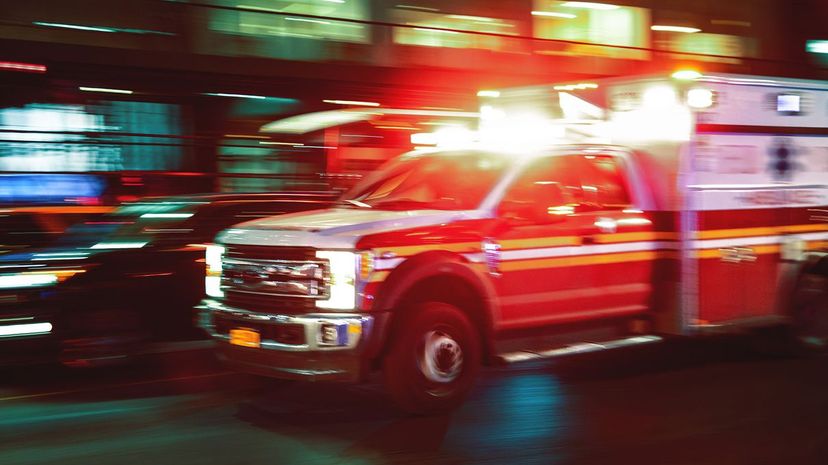
About This Quiz
A minor injury can turn into a dire emergency simply based on location. If you're sitting on your couch with a swollen ankle, you'll probably be fine. Just elevate it, ice it, heat it and do whatever you need to relax. If you're in the middle of a remote hike with a swollen ankle, however, you're not going to be fine. There's nothing like having to hop down a rocky, three-mile hike to really appreciate the ingenuity of emergency vehicles around the world.
If you live a life of travel and adventure, you've undoubtedly found yourself in a location where you thought to yourself, "If I get hurt here, nobody will reach me." The good news is, that's not true. If you've seen some of the emergency response vehicles in this world, you'd know that no place is out of reach. Whether you're snowbound in the Swiss Alps or lost in an underwater cave system, there is an emergency vehicle that can reach you.
It's almost impossible to go a day without seeing at least one police car, ambulance or fire truck, but after that, how many emergency vehicles do you usually see? Do you even know how many different types of police cars, fire trucks and ambulances exist? There's a lot, and old police cars, ambulances and fire trucks get converted into other emergency vehicles. Let's see if you've seen them all. Can you name more than 30 of these emergency vehicles?
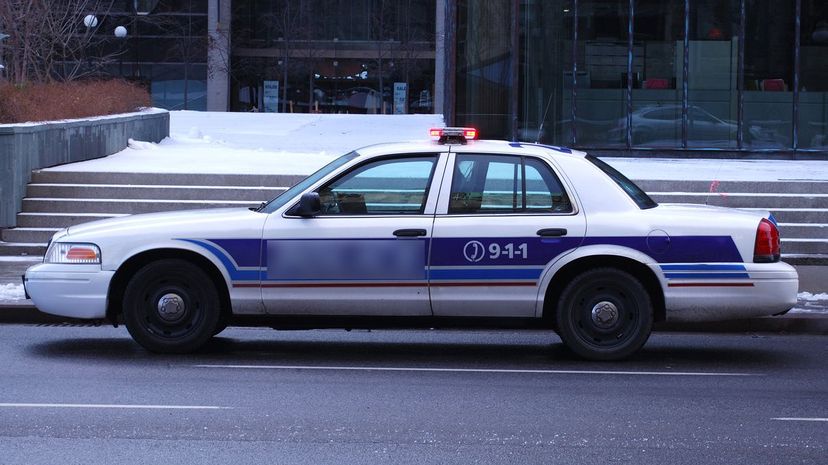
UAB officials have done a great job marketing Dubai as one of the richest cities in the world, and to really drive the point home, the police force is equipped with Lamborghini squad cars. Most police forces use domestic car manufacturers.
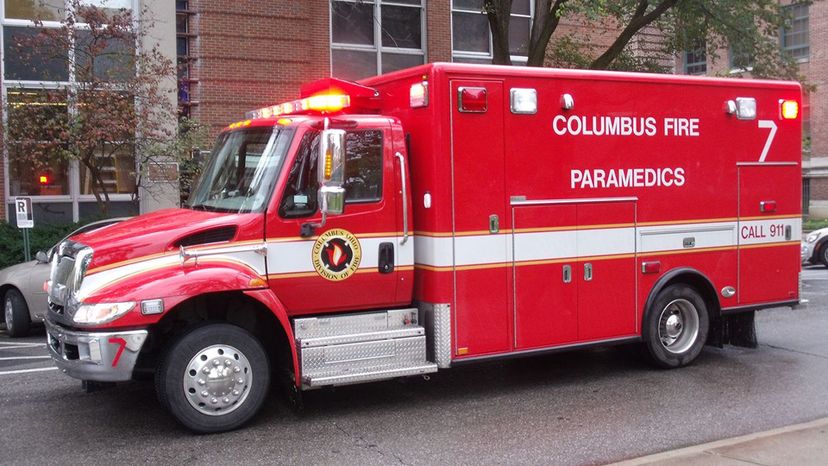
Ambulances roam the streets or are stationed at neighborhood fire stations. They don't sit at the hospital waiting for a 911 call. That's why it's faster to call an ambulance than to drive to the hospital. There might be an ambulance patrolling your street. Also, ambulances are loaded with equipment needed for most emergencies.
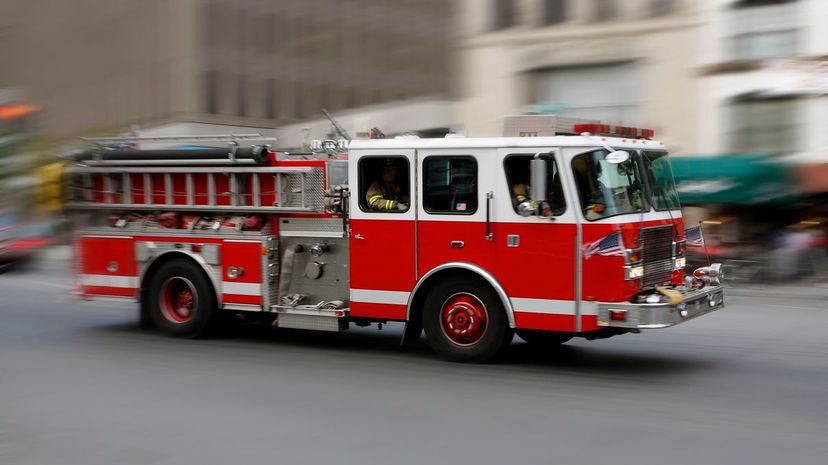
There are three main emergency vehicles: police cars, ambulances and fire trucks. They all have different sirens and perform different functions, and the fire truck is the largest of the three vehicles. Unlike ambulances, these things aren't roaming the streets. They're on-call at firehouses.
Advertisement

Police officers patrol the streets using a variety of vehicles, and the motorcycle is ideal for getting to accidents or crime scenes in tight locations. Every time you see a police funeral procession or motorcade, you'll likely see a few officers up front riding motorcycles.
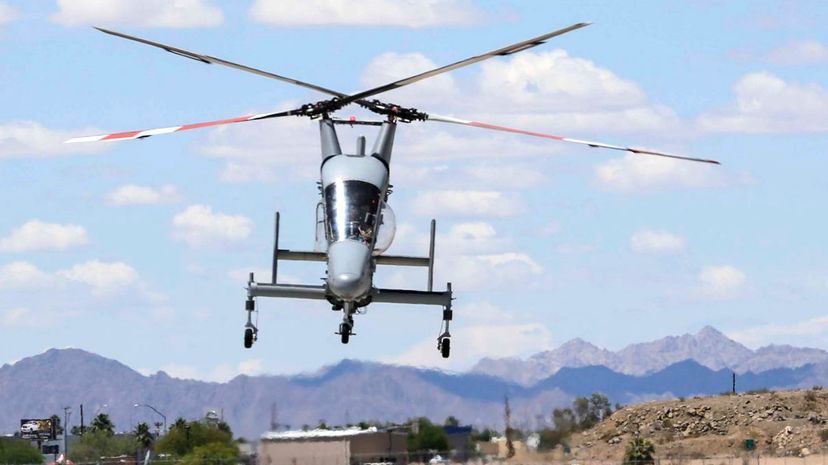
The Kaman K-MAX has been in use for decades and this is the chopper you want to see if you're trapped behind a heavy object in the middle of nowhere. It is used for rescue efforts around the world, but is also used as an aerial crane. A wrecking ball can be attached to the vehicle to use in demolitions.
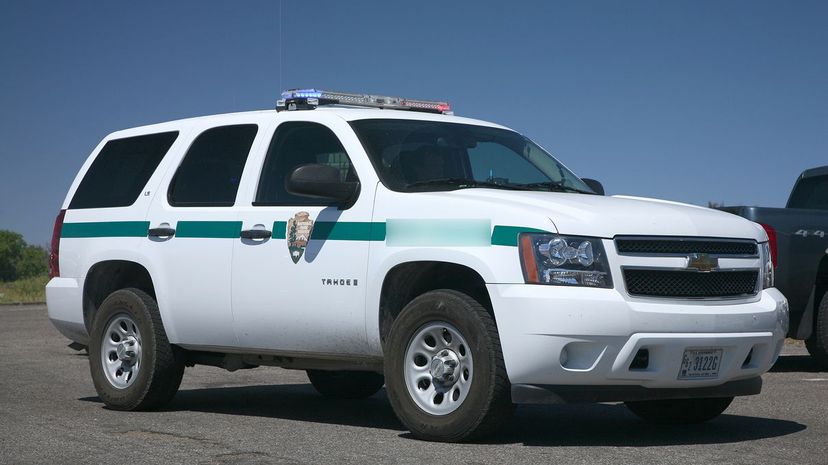
All parks have rangers (even golf courses) and they all have different job functions. Golf course rangers might drive around in a golf cart, and state park rangers will likely use an SUV like this. Ranger vehicles usually feature a design unique to the park or area.
Advertisement
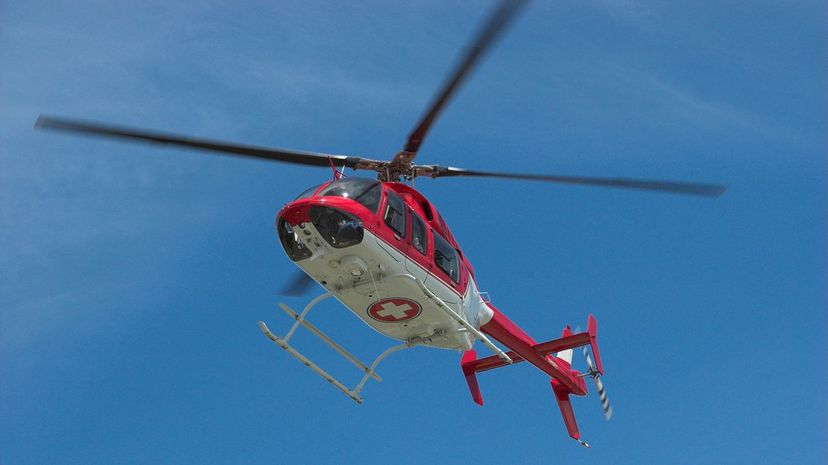
An air ambulance is used for emergencies in remote areas (e.x. Australian outback, Swiss Alps). It is equipped with everything needed and is usually the only hopes of survival in some situations. Australia and Switzerland run two of the world's most efficient air rescue services.

The Boeing 747 Supertanker can carry close to 19,000 gallons of water or flame retardant, but there is only one of these things in active use. The DC-10 is also well-known around the world and can carry 12,000 gallons of water and release it in under eight seconds.
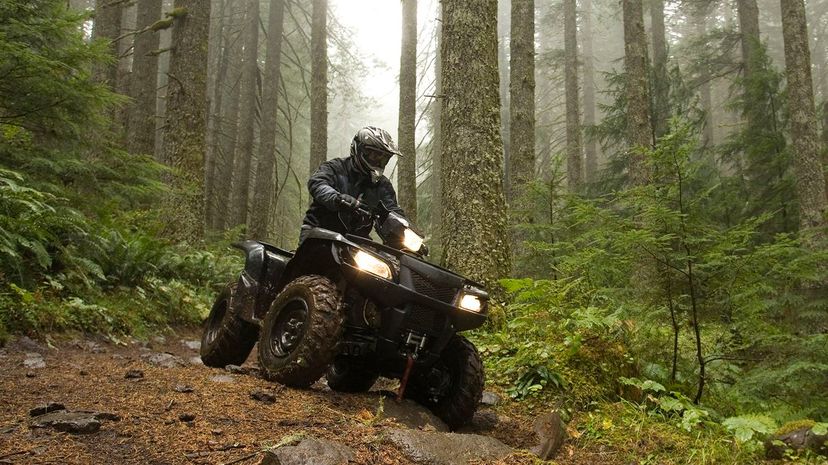
An ATV is an all-terrain vehicle and officers and rangers frequently use them to patrol all-terrain areas like mountains and parks. Sometimes they are the only vehicle capable of reaching someone for rescue or medical services.
Advertisement
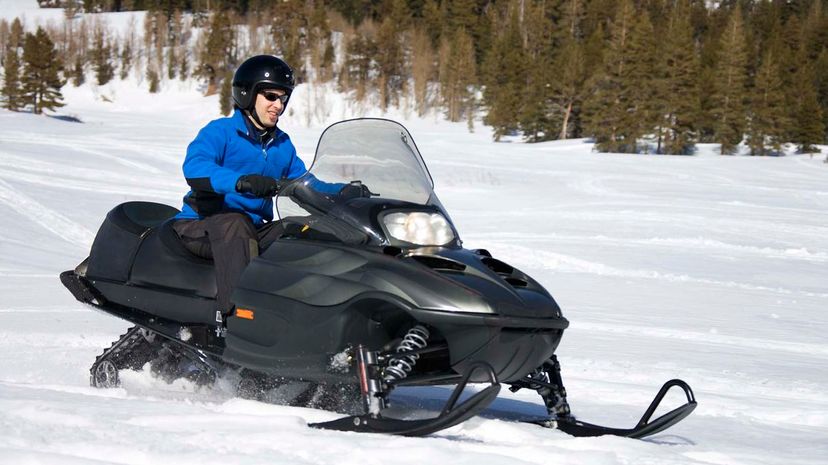
If you're familiar with snow activities like snowshoeing, skiing or even snowmobiling, you should be used to seeing safety personnel patrolling the area on snowmobiles. Safety officers and medical personnel at ski resorts rely heavily on these vehicles for getting around.

A police K-9 vehicle is a normal police SUV equipped with a kennel or partition to keep the dog safe and comfortable. Not all police officers ride around with police dogs. There are about a dozen dog breeds used as police dogs, and the most famous is the German shepherd.
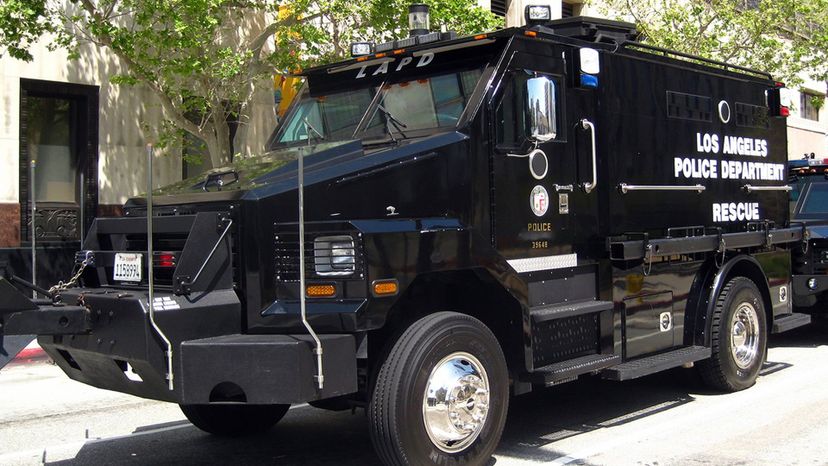
A SWAT truck is a military-grade armored vehicle used for non-military operations. The Cadillac-Gage V150, M113 APC and Lenco BearCat are some of the most popular SWAT vehicles in use in America. Almost any van, SUV, ambulance or truck can be converted to a SWAT vehicle.
Advertisement

The Jaws of Life is essentially a hydraulic-powered pair of scissors that can cut a car in half. It's used to cut people out of cars, and you won't find these in your normal police car, ambulance or fire truck. The heavy rescue vehicle is usually a converted fire truck equipped with specialty equipment.
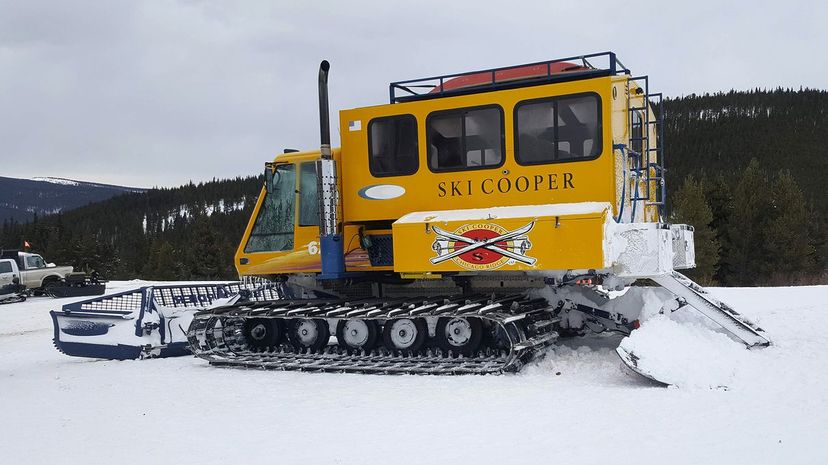
If you've seen the movie "The Shining," you're familiar with the Snowcat and its rescue capabilities in blizzard conditions. The Snowcat is simply the only vehicle that can travel on some roads in certain conditions. If you were trapped in the middle of a blizzard, this might be the only vehicle able to rescue you.
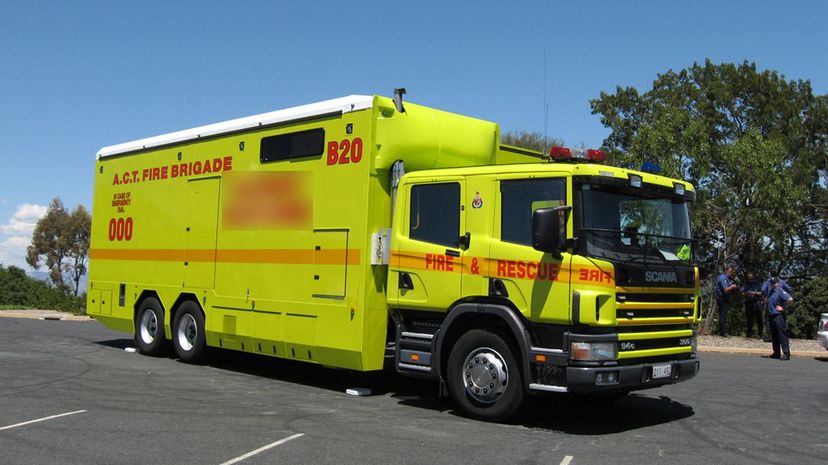
There are no special requirements for a vehicle to be considered a hazmat truck, but it does have to be equipped with certain tools, most notably radiation detectors and pH meters. The vehicle is used to assess hazardous areas before personnel enter the region.
Advertisement
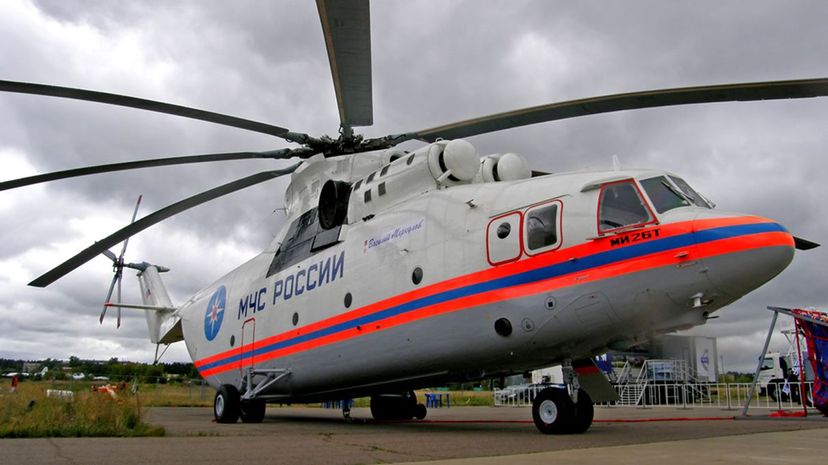
This chopper is a beast and has been used for the biggest emergency operations in the world. In 1999 it was used to transport a 25-ton block of dirt containing the remains of a 23,000-year-old woolly mammoth. In 1986 it was used to control the Chernobyl disaster.
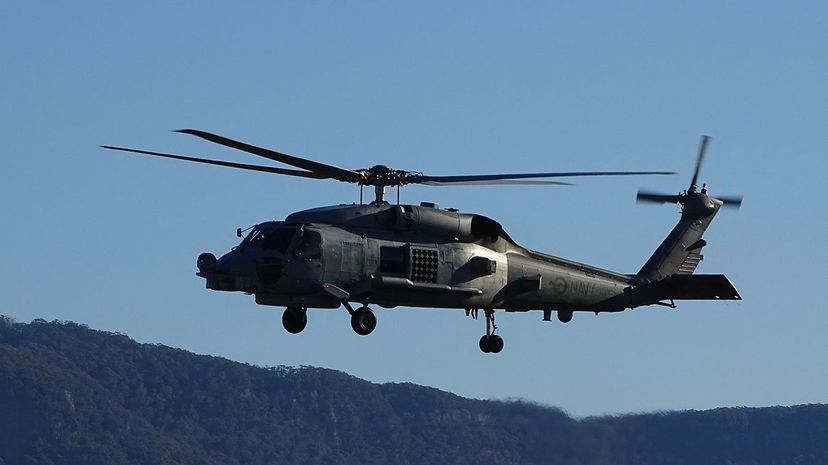
If you take the U.S. Army's Blackhawk and modify it for the sea, you get the SH-60 Seahawk. This thing can land and take off from almost any ship and can handle any type of naval warfare. Most importantly, this is the chopper the U.S. Navy uses to conduct medical evacuations, search and rescue missions and deliver supplies.
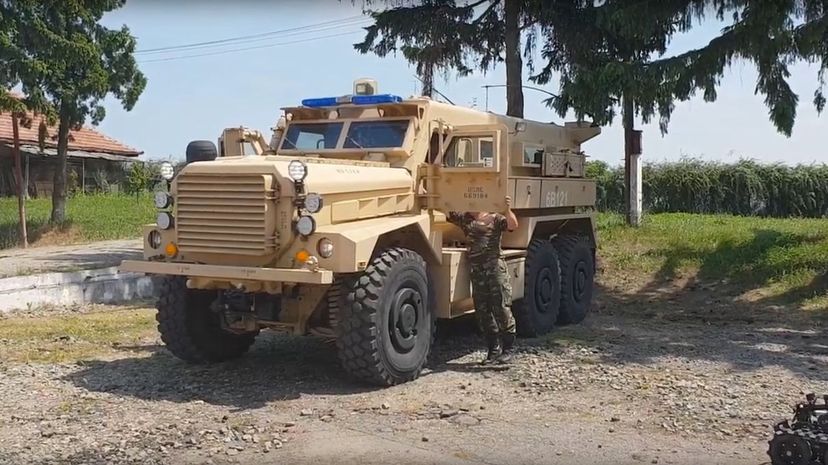
JERRV stands for Joint EOD Rapid Response Vehicle, and it's an armored vehicle that can withstand bomb blasts. It is used to transport bomb disposal experts to bomb sites and it can deflect bomb blasts. Not all EOD vehicles look like this. This is the best of the best in EOD vehicles. Civilian versions aren't as armored.
Advertisement
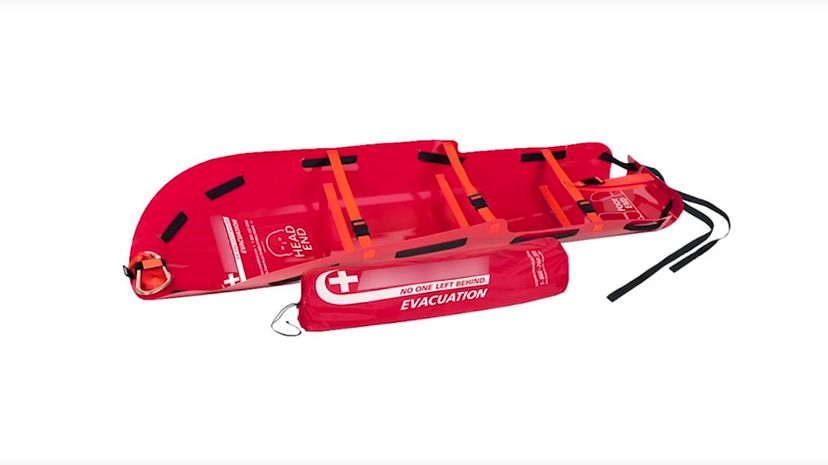
A typical stretcher only works when the wheels can roll on the ground. If you break your leg on a ski slope for example (knock on wood), you'd be put on a sled and carefully guided down the mountain. You'll also likely be zipped up (like in a sleeping bag) or curled up (like a taco) as you're transported.

A riot control vehicle is a fairly intimidating vehicle and it can be equipped with shields and water hoses to impose even more intimidation. It's used to control large crowds, and is usually used in conjunction with military formations to move and shape crowds.
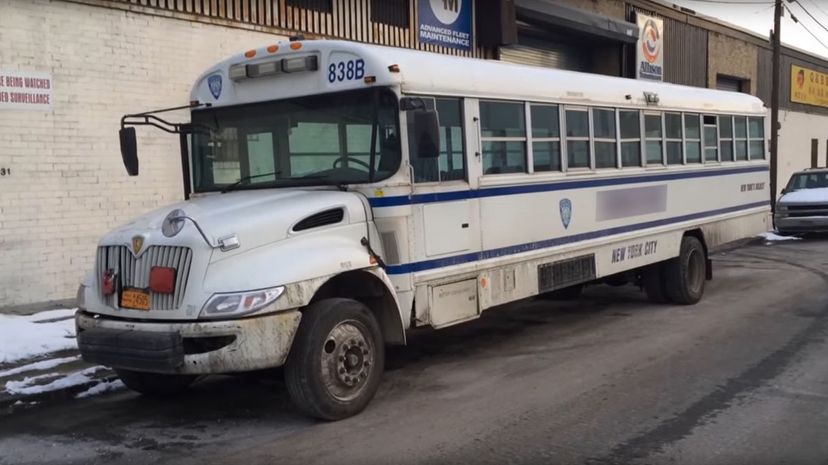
The textbook prisoner transport vehicle looks like an old school bus painted black and reinforced with extra security measures like locked windows and stronger doors, but they come in all shapes and sizes. Some prisoners are even transported via air travel.
Advertisement
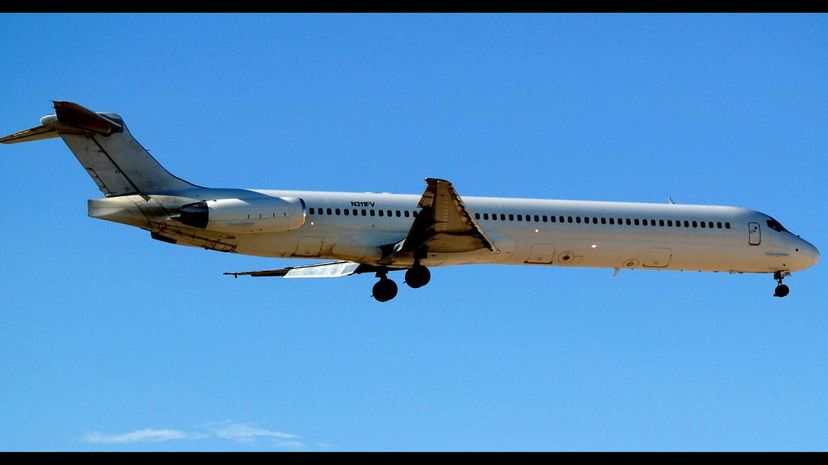
The official name for Con Air is the Justice Prisoner and Alien Transportation System, and JPATS planes are used to fly convicts all over the country. JPATS planes are allowed to operate during almost any emergency. When all planes were grounded during 9/11, for example, JPATS planes were allowed to fly.

If you just entered the police force, you might expect to get stuck doing traffic duty. Traffic officers patrol the streets in these cars and they only deal with traffic violations. Traffic cops don't pursue criminals who are on foot. They pursue violators in motor vehicles.
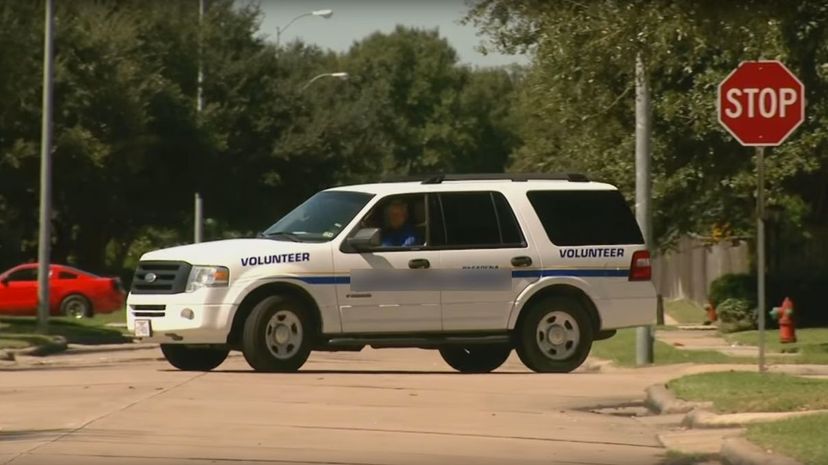
Some neighborhoods employ security guards and neighborhood watch units to protect the area and they look different everywhere. You may have even seen Shomrim in some locations, which are volunteer civilian patrols protecting Jewish communities.
Advertisement
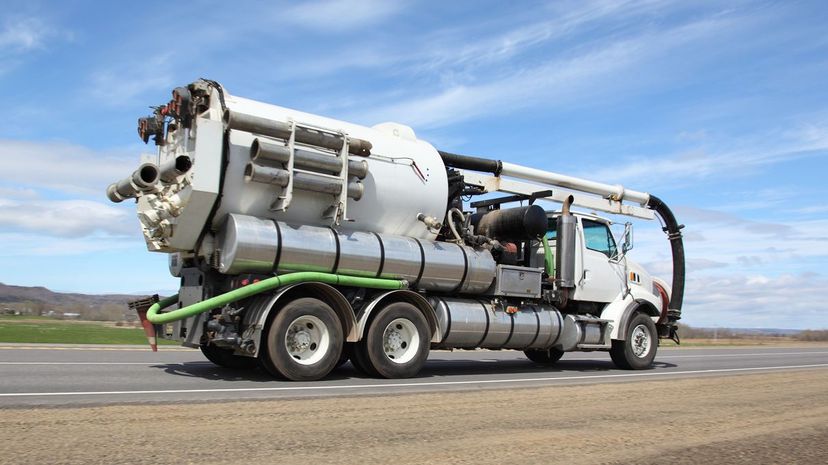
You may not think of a sewage vacuum truck as a typical emergency vehicle, but if your plumbing backs up and sewage spews into your home, this will be the most important emergency vehicle you've ever seen. It is designed to suck up sewage from a location and store it in a tank.
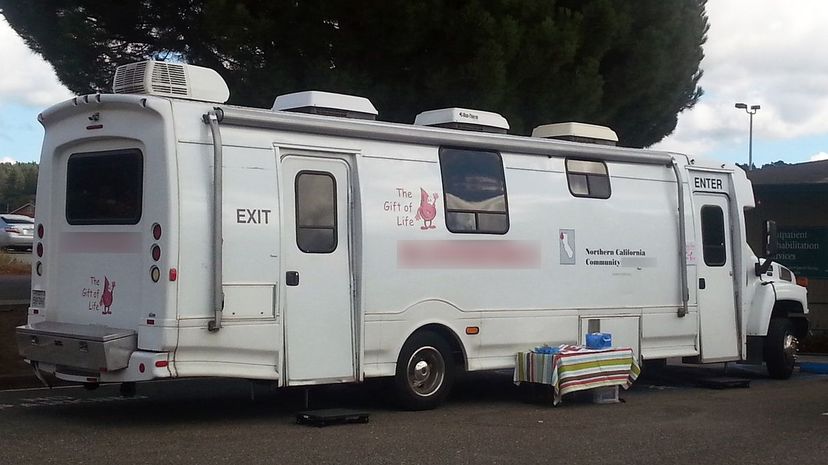
Bloodmobiles are used in emergency situations to collect blood from eligible donors. Blood is one of the most precious things one can donate on Earth, and during catastrophes, the need for blood skyrockets.
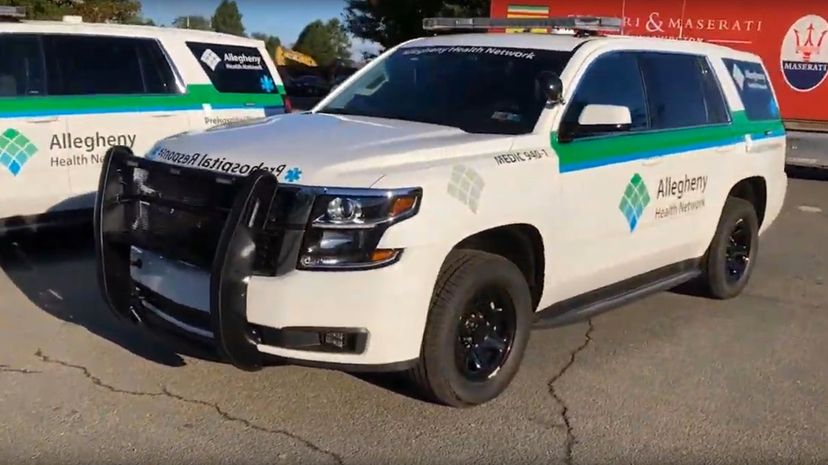
An EMS vehicle is smaller than an ambulance and can usually speed through busy streets faster than an ambulance. It is equipped with emergency equipment but isn't ideal for transportation. An ambulance is usually needed to transport a patient to the hospital.
Advertisement
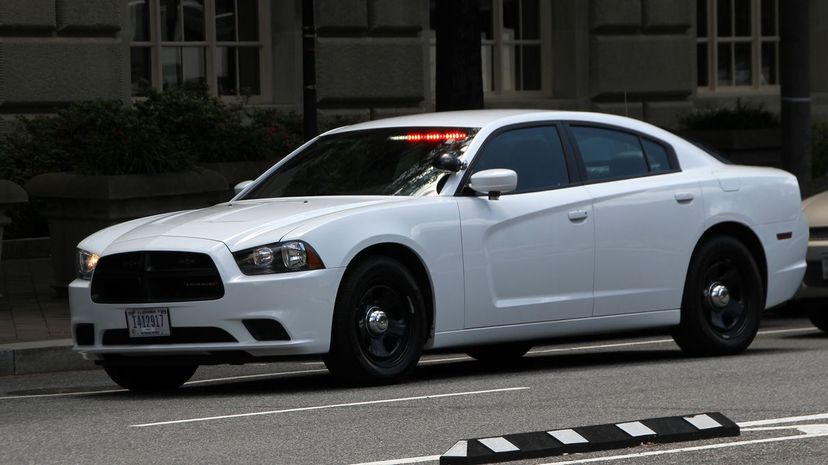
Police can ride around in unmarked cars as a disguise and they can also pull you over in an unmarked car. You should always lock your doors and remain in your car when pulled over by an unmarked car until you can verify it's the police. At least one officer must be in uniform for an unmarked car to pull you over. That's how you will know they're cops.
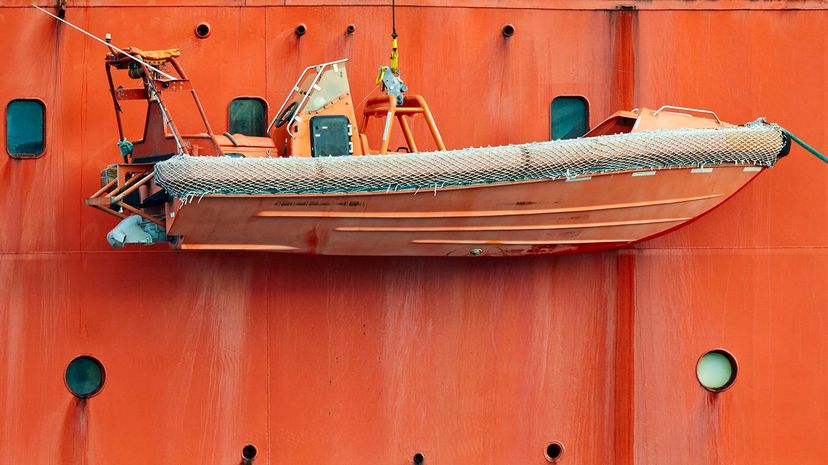
Lifeboats come in all shapes and sizes and they are always used for rescue situations. They can be wooden boats strapped to the side of the Titanic, or they can be inflatable rafts dropped by helicopter.
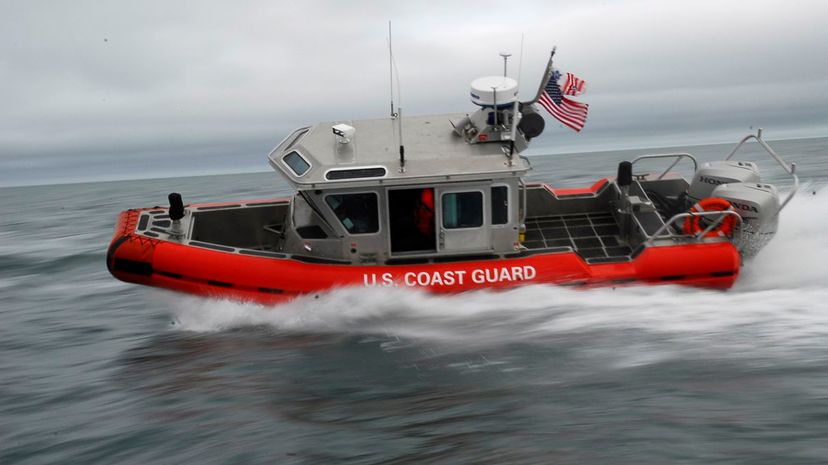
The U.S. Coast Guard has close to 1,000 of these boats that are also known as response boats and are used for everything from search and rescue missions to law enforcement seizures. The boat can hold up to 10 people and can reach speeds faster than 50 mph.
Advertisement
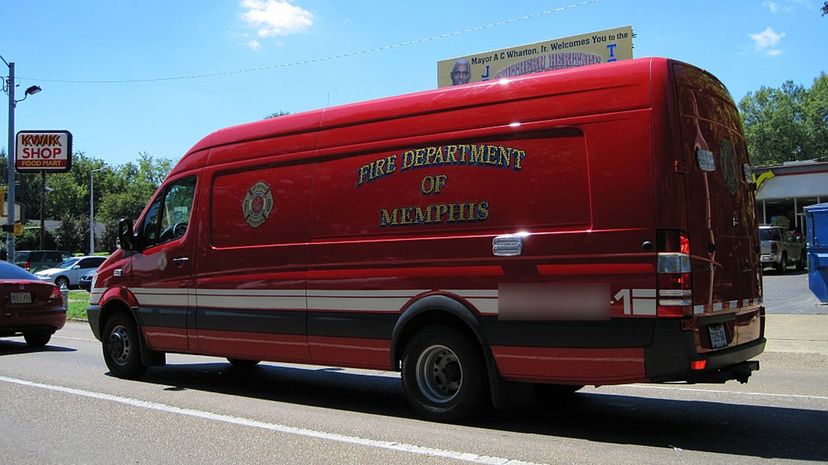
Rehab unit vehicles are associated with firefighters, but anyone exposed to smoke or hazardous materials should rehab at one of the units. Firefighters returning from a blaze are at risk of smoke inhalation and dehydration, among other things, and the rehab truck helps them recover.
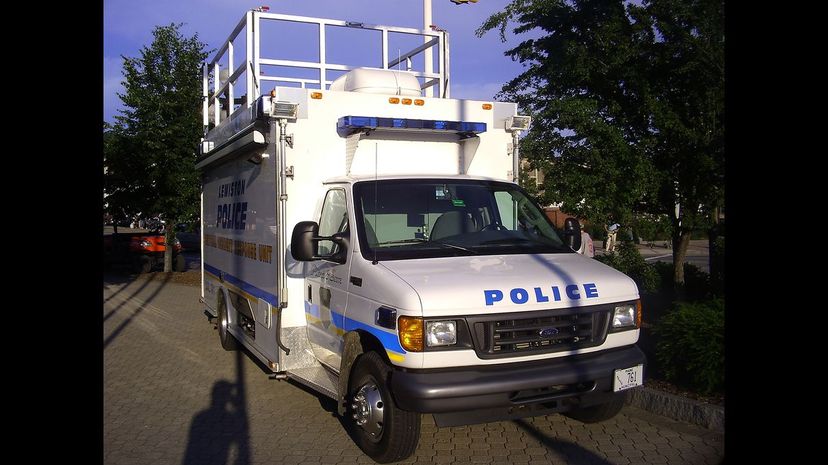
A paddywagon is a police van equipped to transport a large number of passengers at the same time. In the early 20th century, prisoners were transported in actual wagons, hence the name paddywagon. Today, the name stuck, but the wagon got upgraded to a van or bus.
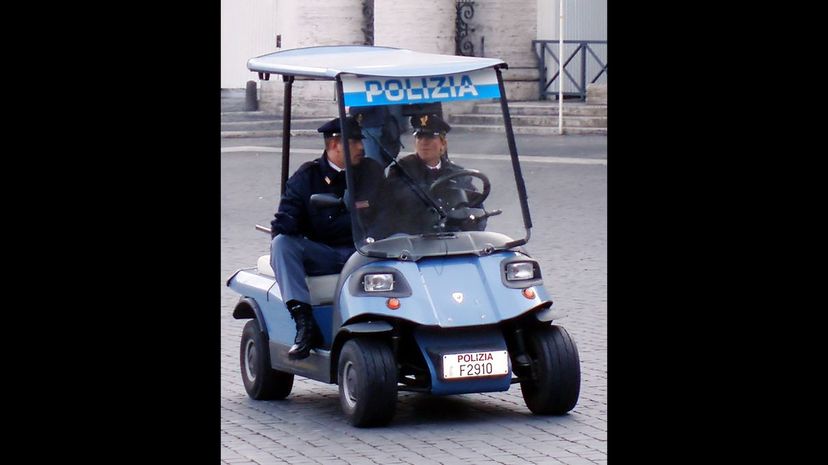
Every university in the country has its own safety force, and they're usually former police officers. It's easier for them to get around a college campus in a golf cart, so they equip these things to their needs and patrol the campus.
Advertisement
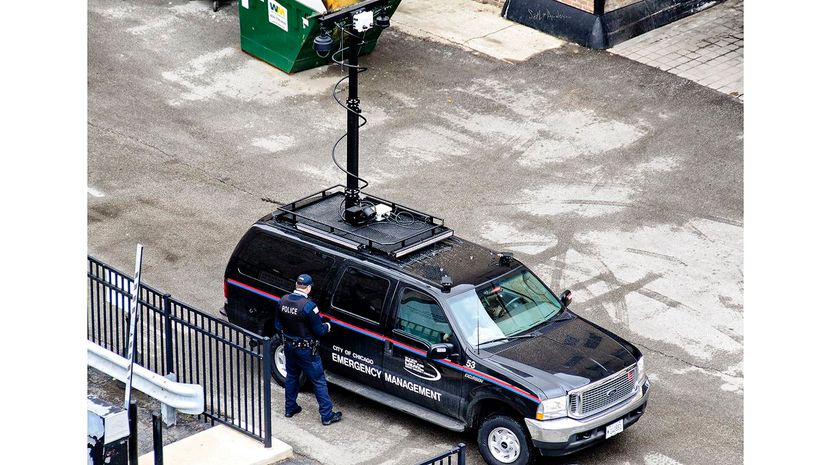
Officers, detectives and investigators of all types consistently conduct stakeouts in a multitude of surveillance vehicles. A surveillance vehicle should be as nondescript as possible, and is usually equipped with proper surveillance equipment.
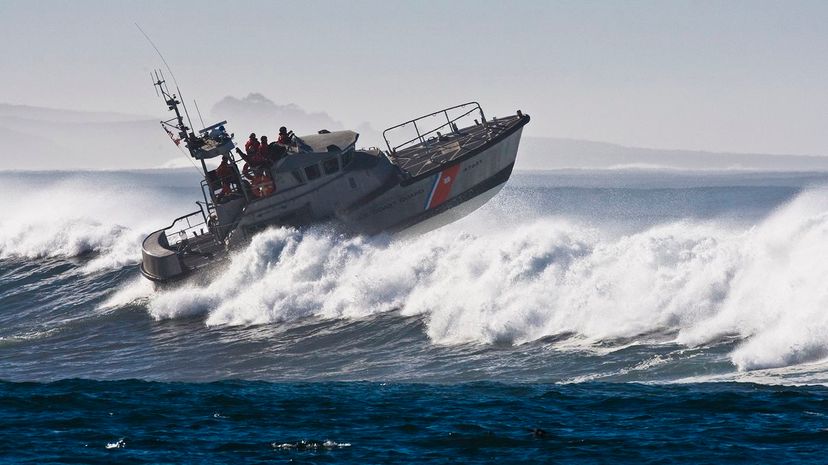
The 47-foot motor lifeboat is the Coast Guard's lifeboat on steroids. The boat can capsize in the middle of the ocean in the middle of 70 mph winds without getting destroyed. Its equipment is designed to never malfunction under any conditions.
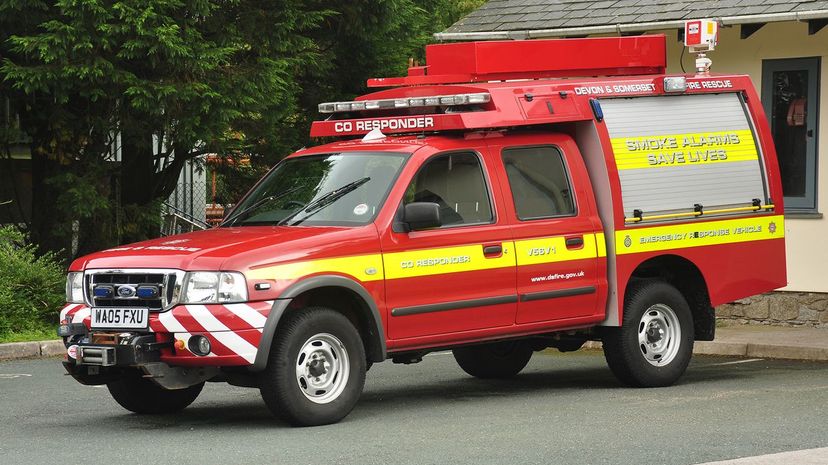
The American National Red Cross is known for carrying out rescue missions all over the world, and one vehicle they use to do so is this emergency response vehicle equipped with everything they need. They also use helicopters to drop supplies in problem areas.
Advertisement
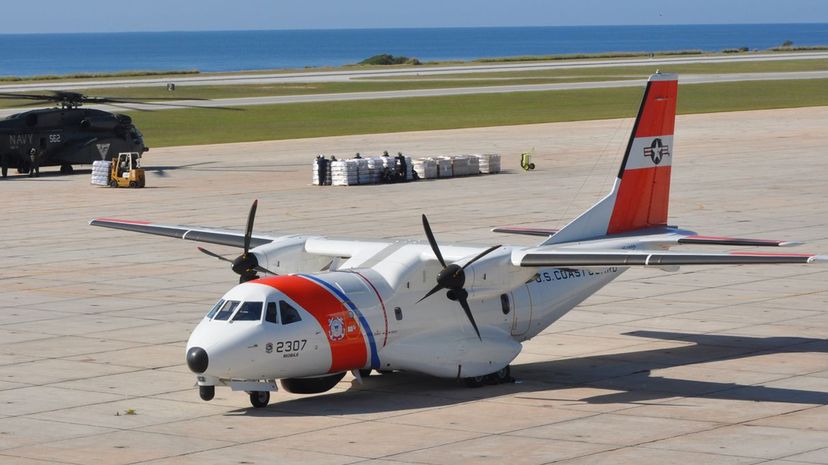
The Coast Guard gets a lazy rap across the country, but that's only because most people have never been lost at sea. If you were lost, you'd be ecstatic to see this thing homing in on you. It's also been used for rescue missions during the 2010 Haiti earthquake and cleanup during the Deepwater Horizon oil spill.
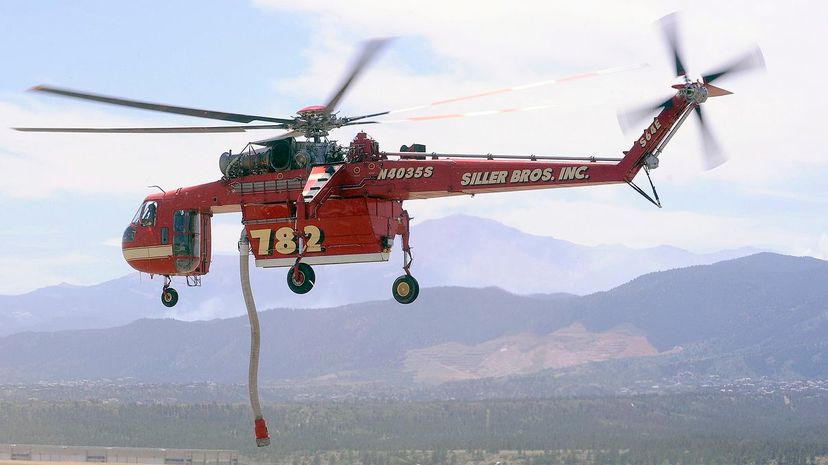
Some of the most expensive rescue vehicles in the world are firefighting planes and helicopters known as helitankers or airtankers. One of the most famous aerial emergency vehicles is Boeing's CH-47 Chinook, which costs about $40 million per unit.

This is probably the nicest Segway you can buy and it's used by police officers to patrol small areas like gated communities and indoor shopping malls. Outdoors, there are other vehicles better equipped for emergency response, but indoors this vehicle is ideal. It maxes out at 15 mph, but you'll be surprised how fast that is when traveling through a packed airport.
Advertisement
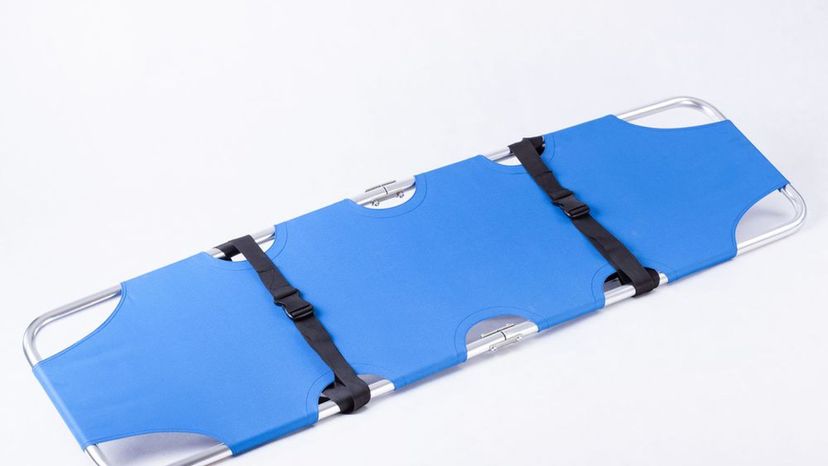
Whenever you're in an accident, whether it feels painful or not, it's best to stay flat on your back. If you suffer an accident and need to be transported to a hospital, you'll likely travel on a stretcher as a precaution.